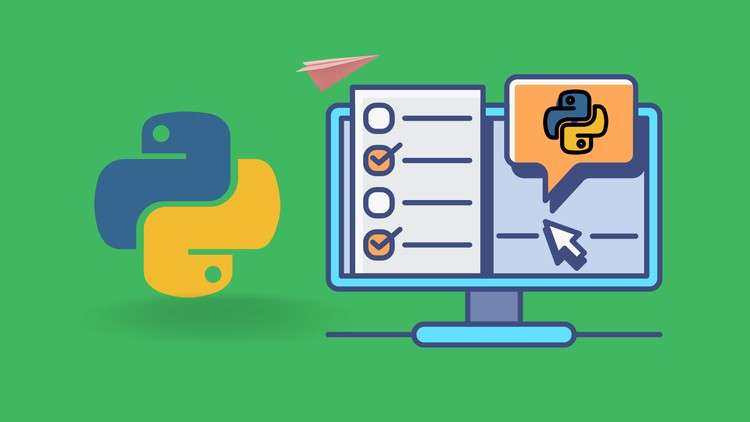
try, except block, raise, assert instructions, exception creation, chained exceptions & more topics covered
What you will learn
You will understand how exceptions work
You will be introduced to the concept of try except blocks
You will learn how to create and customize their own exceptions
Learn about advance topics related to exceptions such as chained exceptions
topics such as raise & assert instruction will be taught and many more
Description
This course comprehensively covers all topics related to exceptions, try except block, finally instruction, else instruction, raise instruction, assert expression, Exception creation, Chained-Exceptions & more, ensuring that students receive a comprehensive understanding of exception handling and management in programming.
The concept of exceptions in Python programming. It includes topics such as understanding what exceptions are, how to handle them using try-except blocks, and how to raise custom exceptions. Additionally, the course explores the use of built-in exception classes and how to create user-defined exception classes. The course aims to provide students with a comprehensive understanding of exception handling in Python and enhance their ability to write robust and reliable code.
teaching students how to handle and manage exceptions in Python programming. Students will learn about different types of exceptions, error handling techniques, and how to write robust and resilient code by effectively handling various error scenarios. By the end of the course, students will have a solid understanding of exception handling best practices and be equipped to write more reliable and efficient Python programs.
In Python, exceptions are errors that occur during the execution of a program. They are used to handle exceptional situations that may disrupt the normal flow of a program. When an exception occurs, it can be caught and handled using try-except blocks. This allows for graceful error handling and enables the program to continue running without terminating abruptly. By using exceptions, developers can anticipate and handle different types of errors and ensure that their programs can handle unexpected situations smoothly.
Content